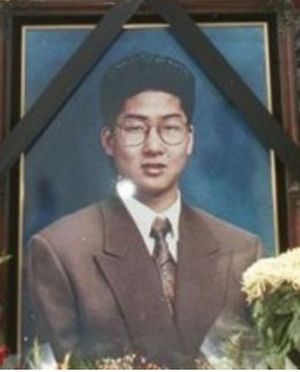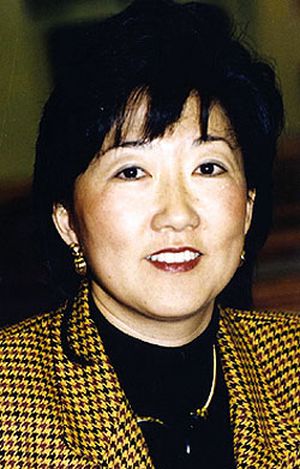There were young Korean-Americans who did everything they could to represent and protect Koreatown during the 1992 L.A. riots. Where are they now?

The riots left an everlasting scar on the Korean-American community. It also left a victim, named Jae-sung Lee, 19, who was an average college student attending Santa Monica College at the time. As Koreatown was under threat from the night of April 29 in 1992, he volunteered to become the safeguard of the community.
Lee was killed on April 30 at around 11 p.m. while trying to protect the businesses of Koreatown. His friend, James Kang, who was 18, was also shot. They were initially believed to be shot by Korean business owners.
Lee is the only victim of the L.A. riots, even though 46 other Korean-Americans were injured. Rodney King revealed on the following day that he was shocked to see Lee on the ground after being shot. King shed tears, saying that, “a riot isn’t a right thing to do.”
To celebrate Lee’s life, the Korean-American community raised $31,500 to build his plaque, which took four years to be finally erected. As building the the L.A. riots museum never materialized, the plaque was kept in an office for years by Jong-min Kang, who was the inaugural chairman of the Korean Young Adult Teen of L.A.
After Kang passed away, Lee’s plaque was taken to his parents’ home. In 2007, Lee’s parents donated $100,000 in their son’s name for a scholarship to YoungNak Presbyterian Church of L.A.
The Korean Young Adult Teen of L.A. was founded by the likes of Kang, Chi-hyeon Kim and Sung-shik Kim, all of whom volunteered to become the vanguard of Koreatown, just six months before the riots. When the riots began, the group rallied with guns and wooden sticks to stand in front of Koreatown businesses to protect their community.
Kang not only led the Korean Young Adult Teen of L.A. He also became the leader of the Korean-American Business Association. He passed away on Aug. 7, 2014 after battling cancer. He was only 54.
Before his death, Kang made a tireless effort to let the world know about the truth behind the riots. “I’ve contacted local politicians and Korean-American community organizations to raise funds to build Jae-sung’s plaque, but they all rejected the idea,” he once said. “You shouldn’t dismiss the life of a man who was victimized by the riots.”

Angela Oh became a lawyer in L.A. in 1986. She played the role of spreading the words about how much the Korean community suffered due to the riots. She even appeared on ABC Nightline to say that the media was spinning the riots into a division between the Korean-American and black communities.
Oh is still working to protect and secure the rights of Korean immigrants. She operated a legal clinic to help Korean-Americans who were struggling with legal issues. As the director of the Korean-American Coalition, she supported efforts the mediate the conflicts stemming from the riots. She is now the director of the Korean Resource Center. In 2006, she was recognized by the Asian American Journalists Association for her work in the community.
By Hyoungjae Kim





